 Abraham Lincoln
If given the truth, the people can be depended upon to meet any national crisis...
Abraham Lincoln
If given the truth, the people can be depended upon to meet any national crisis...
 Guildford news...
for Guildford people, brought to you by Guildford reporters - Guildford's own news service
Guildford news...
for Guildford people, brought to you by Guildford reporters - Guildford's own news service
Birdwatcher’s Diary No.236
Published on: 20 Jul, 2021
Updated on: 20 Jul, 2021
By Malcolm Fincham
“No signs of a heatwave this year!” Or so it seemed. Moving into the first week of July, cool, sometimes inclement weather continued in the southern regions of the UK.
In Surrey, moderate temperatures in the low 20s centigrade were the best we could expect.
On a positive note, the local countryside was more lush and green than I could recall in recent years. Even more importantly it had dampened the prospect of any heathland fires, giving wildlife a greater possibility of survival during their breeding season.
This could be especially noted while on a visit to my local heathland at Whitmoor Common, in Worplesdon. Much of the low-lying land there was, at the least, damp under foot.
To my delight the heather was now coming into bloom and a few silver-studded blue butterflies could be found, perched up on its blossom.
Two woodlarks flew up from a bare patch of soil between two clumps of heather.
On one occasion among several visits, a hobby put in a brief aerial performance.
And a sparrowhawk could be seen to have prey in its talons as it flew overhead.
Stonechats remains a pleasant sight, making their signature sounds of two pebbles being struck together, while perched in the open on a small shrub.
Both male as well as female could be viewed.
As well as several fledglings.
I always view stonechats as the “lookouts” for the Dartford warblers that were skulking around in the heather and gorse.
A green woodpecker showed well, briefly, as it perched out in the open at the edge of the heath.
While at least three juveniles could be located in a more densely wooded area near by.
Firecrests, in recent years, had become quite a common sight in areas of Surrey, including Worplesdon.
Having now past the height of summer, evenings were slowly clawing back in. Sunsets at Whitmoor are often among my favourite. Adding to the ambiance was watching as the mist arose from the wettest parts of the heath.
Included in the delights were the gentle churring sounds of the nightjars.
Awakening at dusk, readying themselves for their nightly aerial display.
At Britten’s Pond, the four swan cygnets continued to survive. They had now grown to a substantial size. Still guarded and guided by both parents, they were now looking too robust to be predated.
An adult moorhen had recently introduced two chicks into the world.
Although not breeding at the pond, as many as three adult common terns made occasional visits there, spending awhile successfully fishing, before departing again.
A few confiding brown rats occasionally make an appearance, thus making it a prime spot for a nightly visit by a tawny owl.
A flash of blue is always worth looking out for. although in a blink of an eye it’s gone from sight across the water. The kingfisher there was remaining elusive even to my keen eyes.
On July 5, in the company of Bob, Dougal and the addition of Steve, who was down for a few days from his home in Aviemore, Scotland, we set off to visit Otmoor RSPB Nature Reserve in Oxfordshire.
It was to be my second visit this year, having previously visited on May 17, although not having the opportunity to make note of it.
Unsurprisingly, the grasshopper warblers that were reeling there on my first visit had now fallen silent.
Lesser whitethroats had also become more elusive.
I was surprised to hear at least two cuckoos still calling. Especially as some of the tracked ones had already begun their migration back to Africa.
Cetti’s warblers were also still calling their harsh song
Unlike Surrey, brown hares could still be found there.
A garganey was still present, although it was now in eclipse. Surprisingly, to me, it was the third one I had seen this year, having seen my previous ones at Farlington and Tice’s Meadow. Generally I feel fortunate if I just see one of what is our only long-distance migratory duck.
Marsh harriers continued to show well there.
While a clan of common terns were now feeding their young on their tern raft.
Although I unable to seek out the glossy ibis we had seen on our previous visit.
Nor catch sight of any of the common cranes, that apparently breed there.
We were, however, blessed by the sighting of a bittern in flight across the marshland.
Hobbies are a common sighting there, counting at least eight, wheeling high overhead, catching insects on the wing.
As red kites hunted at times alongside the marsh harriers.
Pondering over the insect life and ashamed by my lack of ability to put a name to some of the exquisite little critters, eventually I came across one I recognised – a scorpion fly.
On a visit to the Riverside Nature Reserve, near Burpham on a pleasant late afternoon on July 9, I saw plenty of butterflies as well as damselflies on the wing.
A few banded demoiselles were in the damp areas close to the river.
What must have been a newly emerged batch of four or five freshly adorned comma butterflies had settled in the sunlight on an area of bramble.
Near the lakeside, a marbled white butterfly made an appearance. Although a common species around Guildford’s countryside, it was quite a rare sighting for me at the Riverside Nature Reserve.
Meadow brown butterflies were now abundant.
Ringlet butterflies were plentiful, as they were in most locations recently visited.
As were Essex skippers, recognised by their black-tipped antennas.
Whereas small skippers have golden-coloured ones.
In the brambles now starting to flower by the lakeside, a reed warbler could be viewed.
A couple of fledglings could also be seen nearby.
Displaying far better than the Britten’s Pond kingfisher was the Stoke Lake one. Allowing me several opportunities to photograph it as it made a number of flights past the island. Even perching a while on a branch overhanging the water.
On July 11, in the company of Bob and Dougal, we paid homage to Tice’s Meadow near Tongham. Water levels remained high and the lower viewing hide was under water.
Recently it had remained quiet, in the resect of unusual sightings.
For us, however, it did add another year tick to our sightings. A few green sandpipers had begun to return from their Arctic breeding grounds. Although too distant to photo, they could be viewed on the far bank through a “scope”.
A little easier to pick out, at distance, was a roe deer with a fawn.
Closer to view, a young fox made an appearance. Teased by the magpies that knew just how close they could get when surrounding him. Eventually he realised his attempts to catch them were futile.
On July 14, I revisited Clandon Wood Burial Ground, in West Clandon, in the hope of adding a white-letter hairstreak butterfly to my year’s sightings. Unfortunately, it was not to be, and the species is possibly the most elusive of our UK butterflies. And now perhaps too late in the year to view.
With the unusual weather we have had so far this year, it was hard to predict anything! The latest forecasting was for a settled spell and even a possible mini heatwave.
Although unsuccessful with the ‘white-letter’, it was delightful to see my first gatekeepers of the year at Clandon Wood.
Another bonus was to notice several purple hairstreak butterflies buzzing around one of the tall oaks situated at the far side of the eastern field.
More excitingly, high up in the canopy of the two oaks was what looked to be a purple emperor butterfly. Although too difficult to identify for sure at the time, a few record shots with my camera confirmed its ID.
Later in the day speaking to Matt, the head gardener, he confirmed my sighting. And I was even more delighted to have it confirmed as being the first one recorded there.

Click on cartoon for Dragon story: Public Asked for Views on SCC’s Proposal for Reduced Speed Limits



Recent Articles
- Former Guildford Policeman Admits Misconduct In Public Office
- Letter: Nothing Prepared Me for the Scene of Destruction
- Have You Seen Missing Scarlet-Rose?
- Guildford’s MP Cuts the Ribbon at Merrow Post Office Opening
- Letter: Recreational Rowing Might Be the Answer
- A281 Closure – Additional Works To Take Advantage of Road Closure
- Breast Screening Unit Comes To RHS Wisley
- Final Phase of Deepcut Redevelopment Approved
- GuilFest Returns to Stoke Park with Global Names and Local Soul
- Exercise May Aid Body’s Immune Response Against Cancer, Pilot Study Finds


Search in Site
Media Gallery
Dragon Interview: Local Artist Leaves Her Mark At One of England’s Most Historic Buildings
January 21, 2023 / No Comment / Read MoreDragon Interview: Lib Dem Planning Chair: ‘Current Policy Doesn’t Work for Local People’
January 19, 2023 / No Comment / Read MoreA3 Tunnel in Guildford ‘Necessary’ for New Homes, Says Guildford’s MP
January 10, 2023 / No Comment / Read More‘Madness’ for London Road Scheme to Go Ahead Against ‘Huge Opposition’, Says SCC Leader
January 6, 2023 / No Comment / Read MoreCouncillor’s Son Starts Campaign for More Consultation on North Street Plan
December 30, 2022 / No Comment / Read MoreCounty Council Climbs Down Over London Road Works – Further ‘Engagement’ Period Announced
December 14, 2022 / No Comment / Read MoreDragon Interview: GBC Reaction to the Government’s Expected Decision to Relax Housing Targets
December 7, 2022 / No Comment / Read MoreHow Can Our Town Centre Businesses Recover? Watch the Shop Front Debate
May 18, 2020 / No Comment / Read More




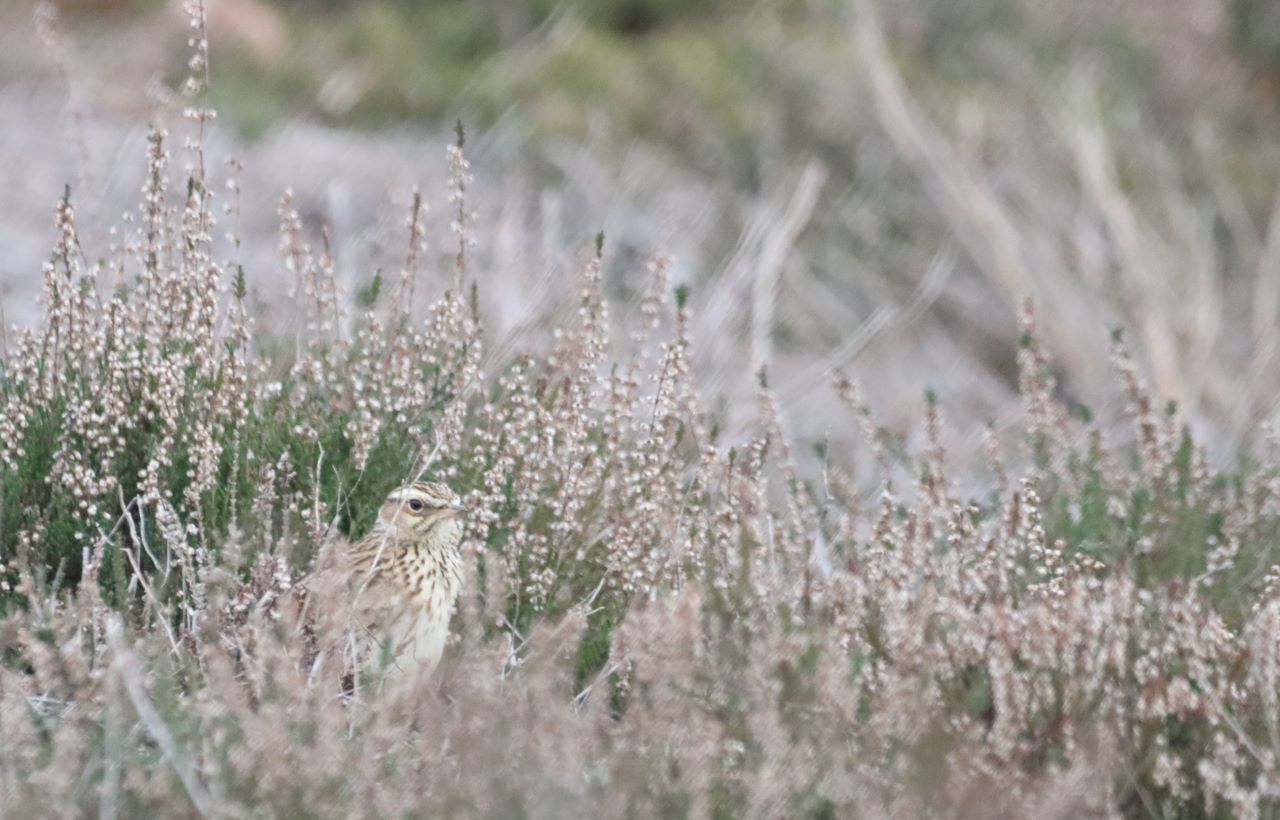
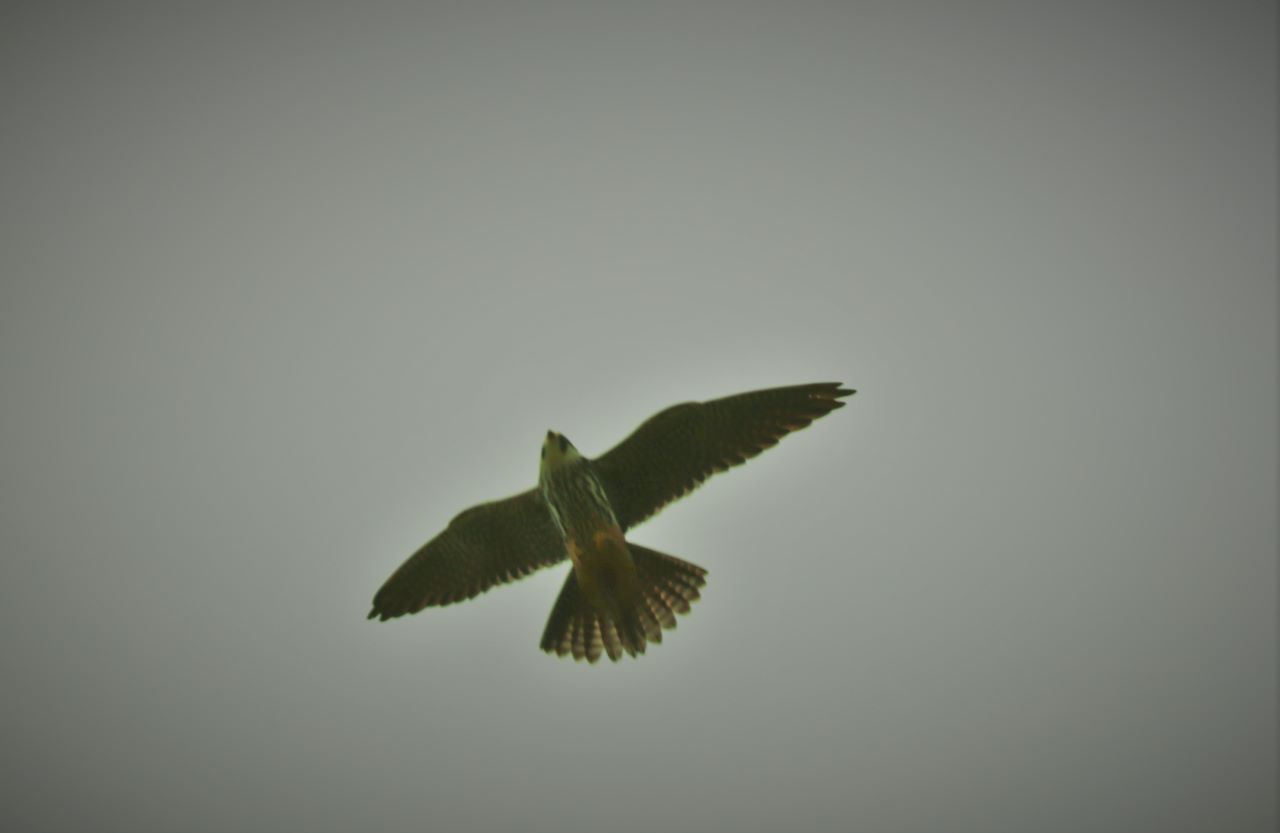

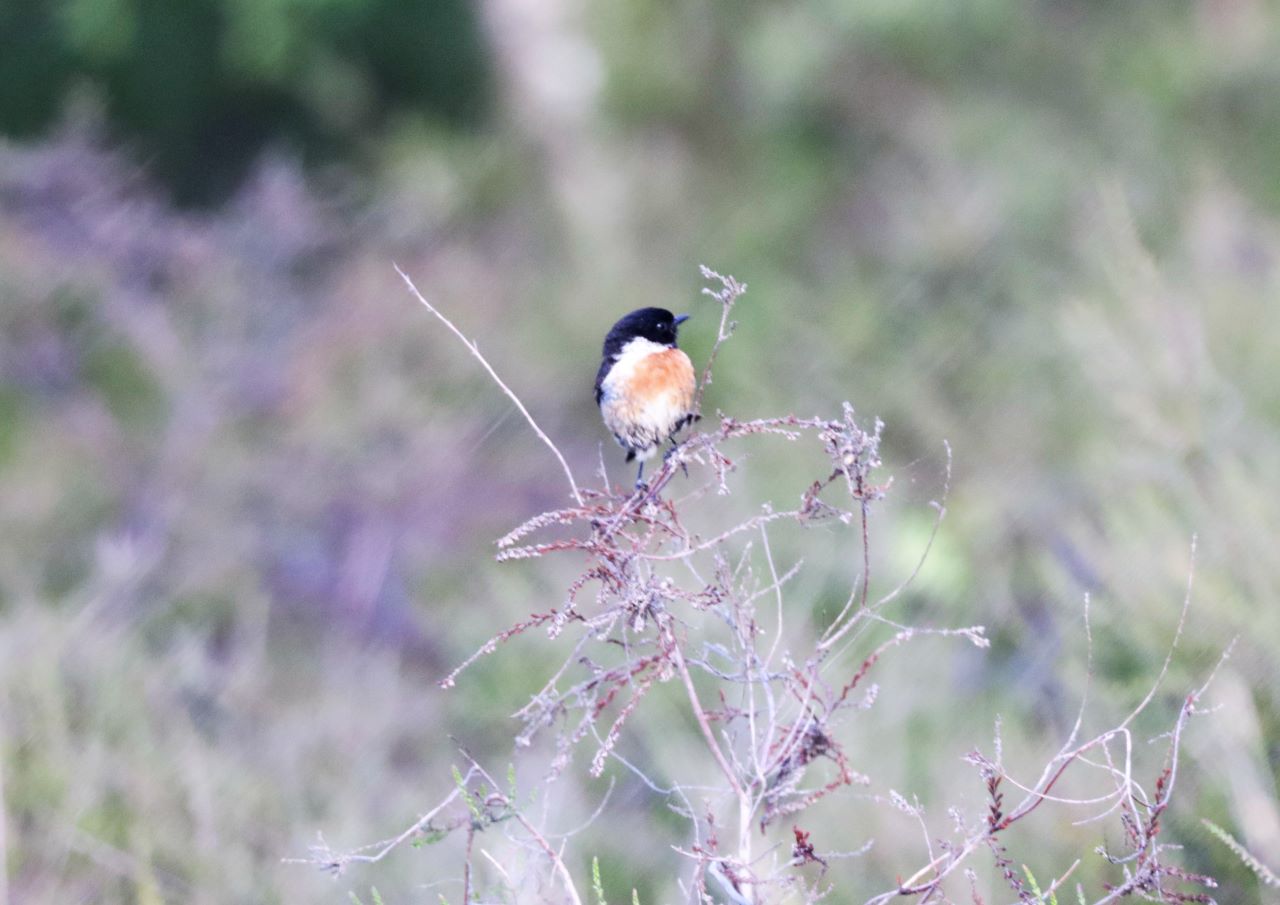




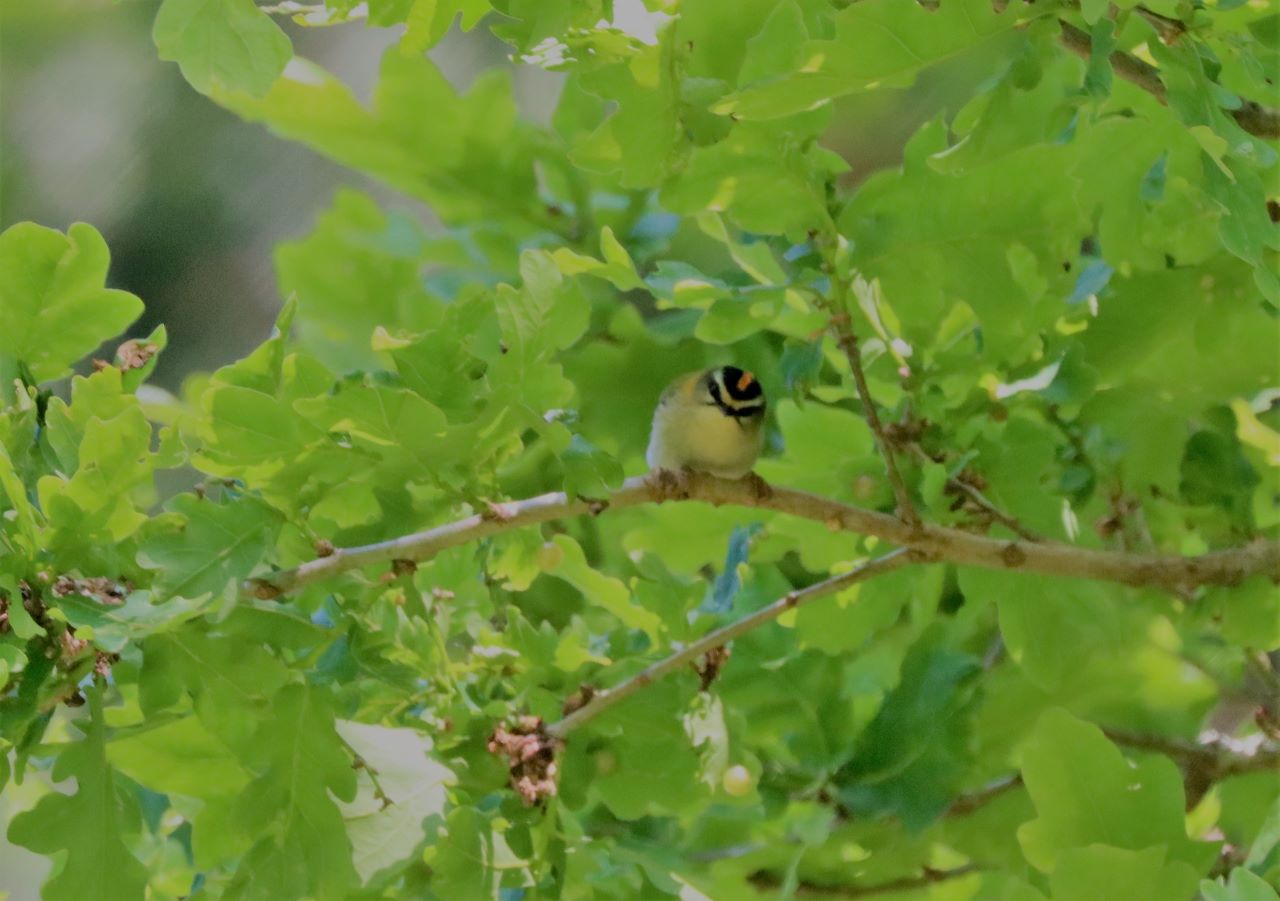
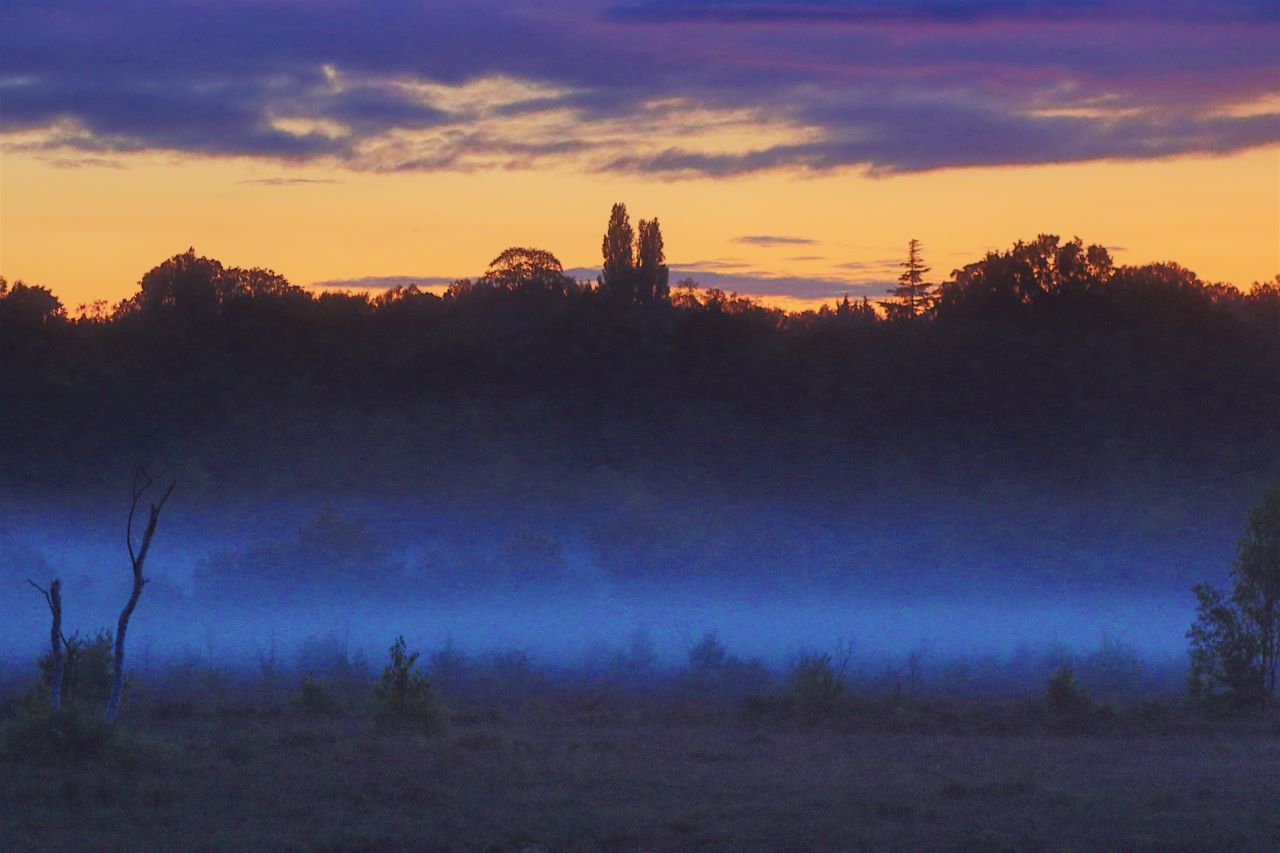
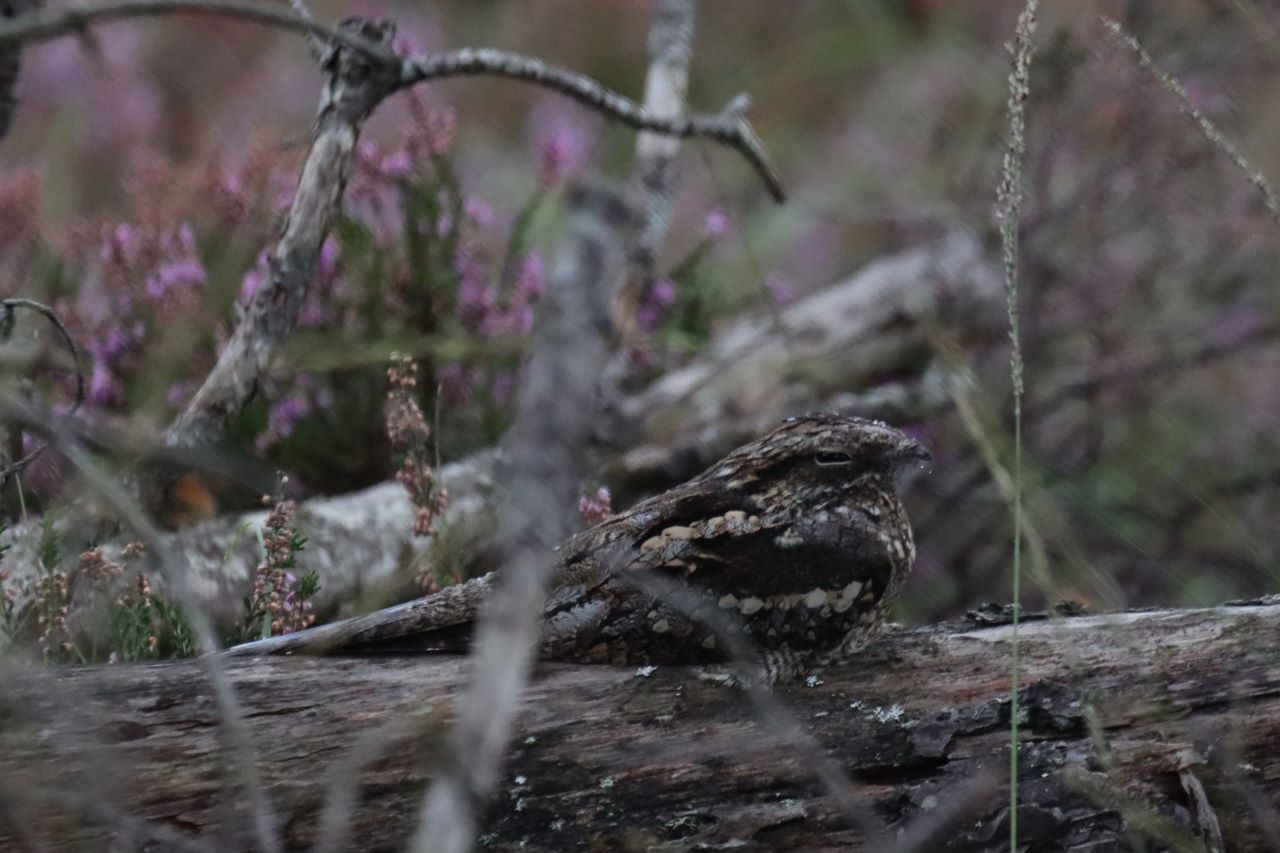
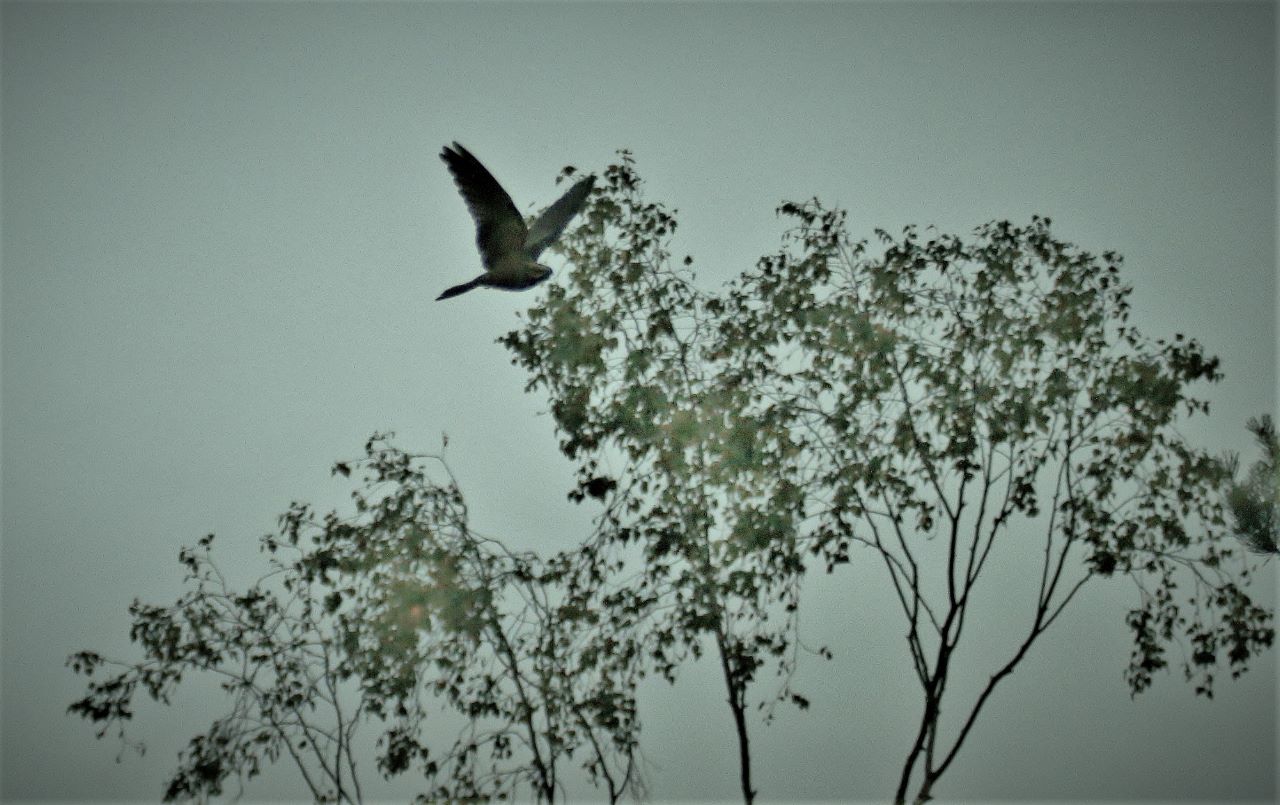


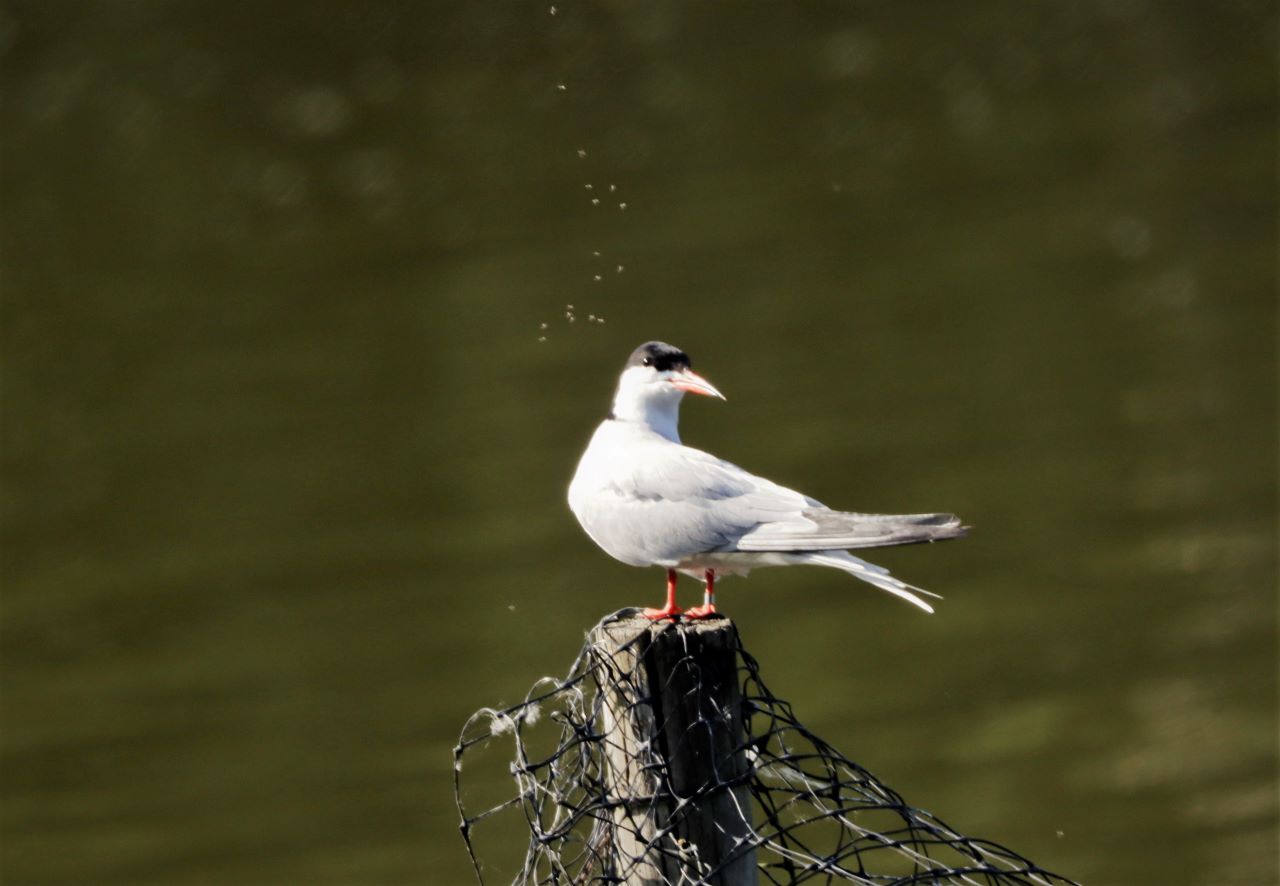
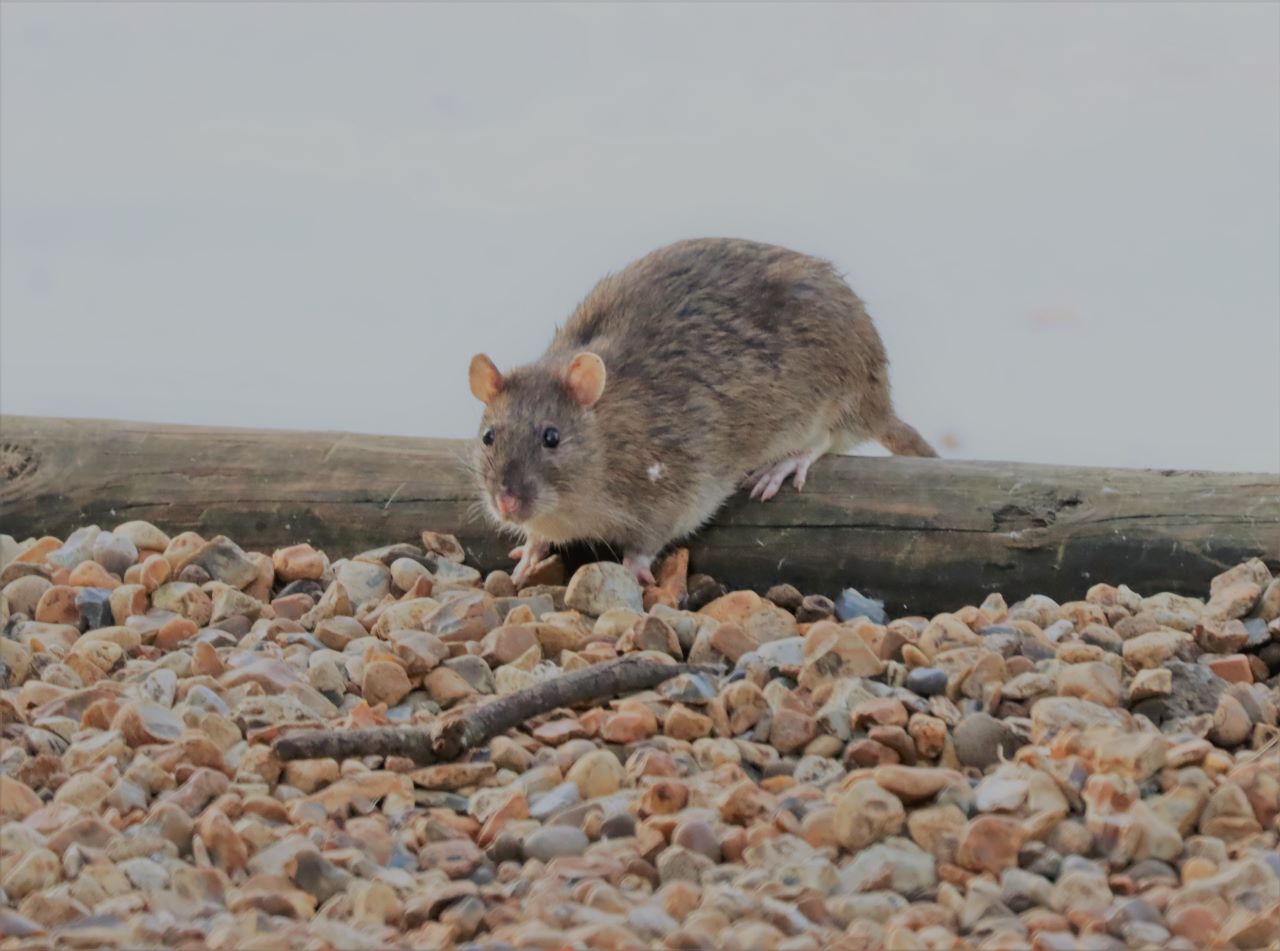
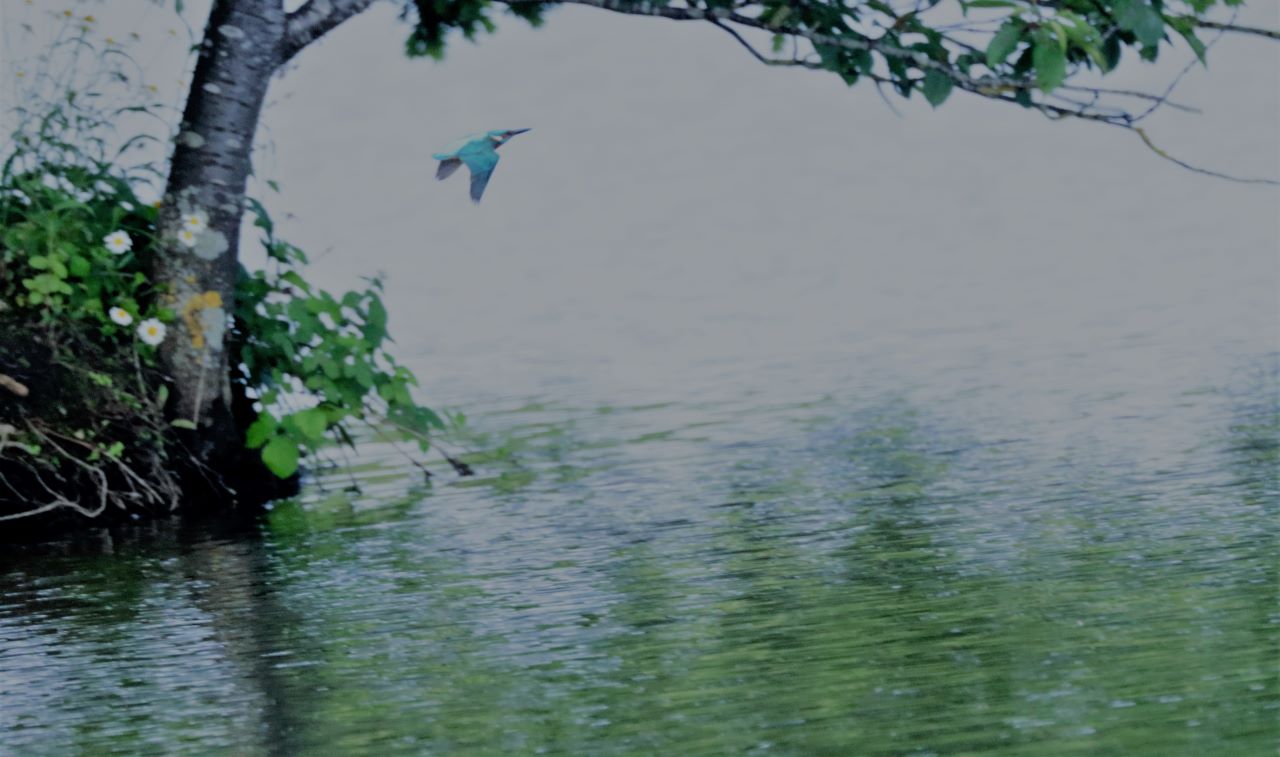


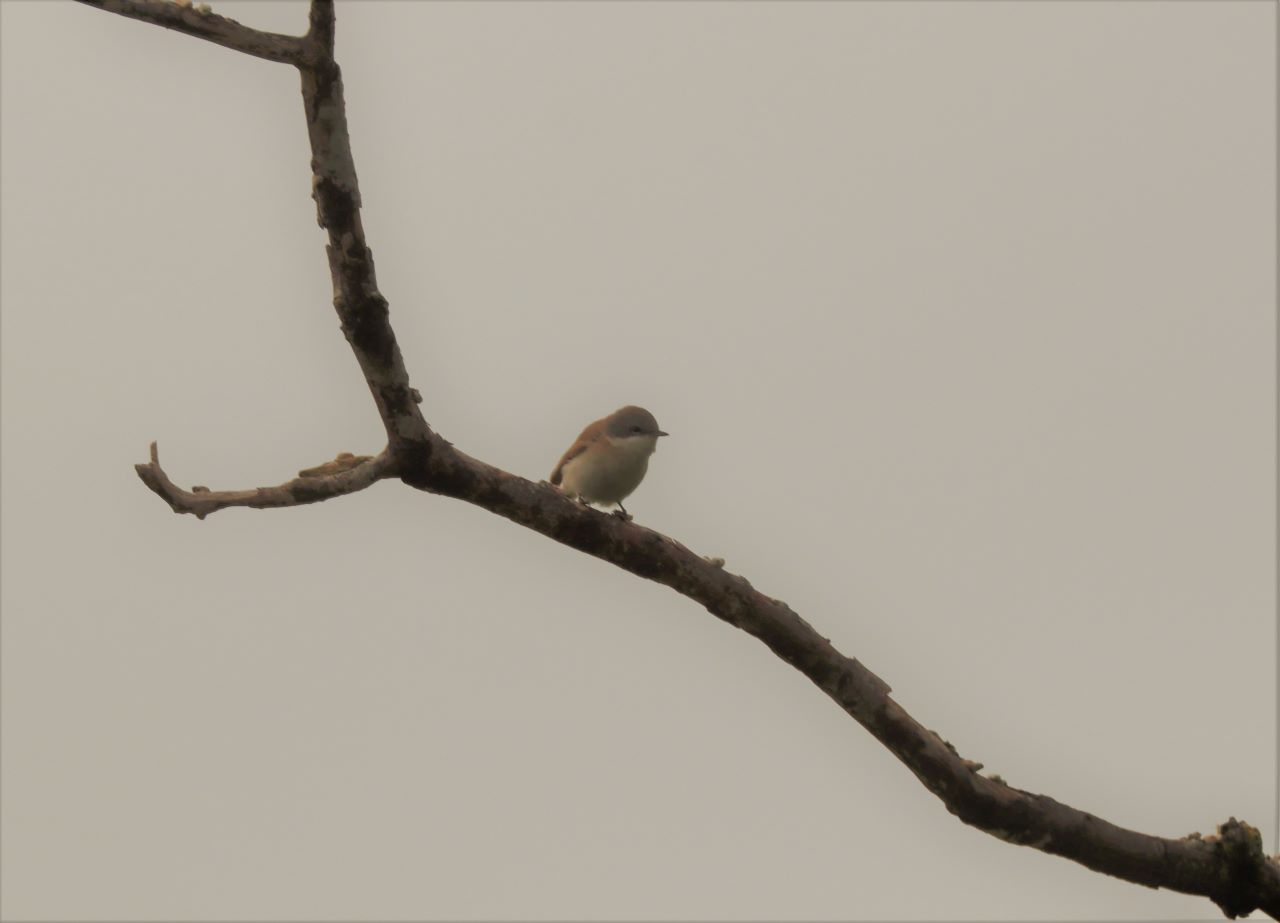
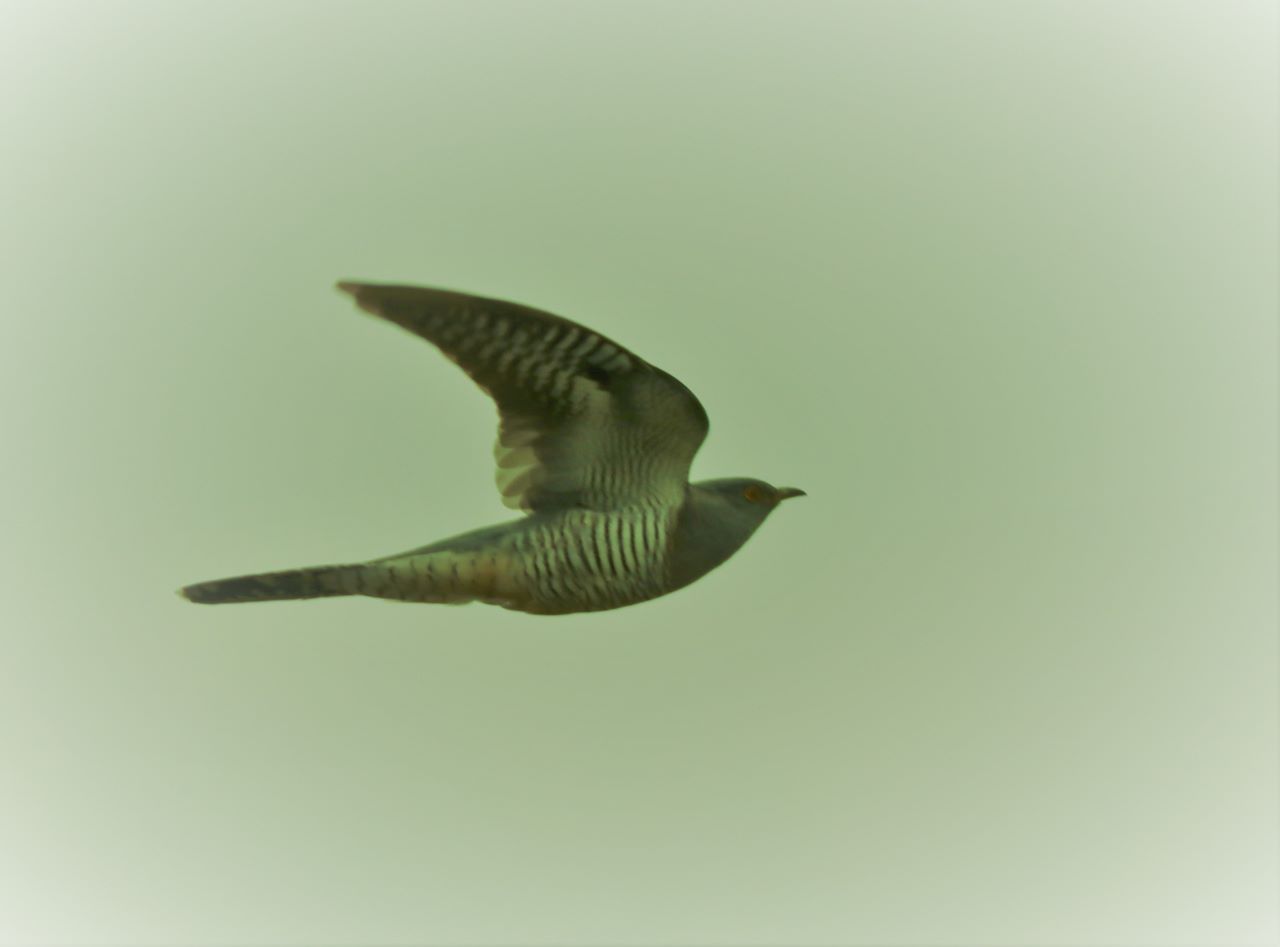
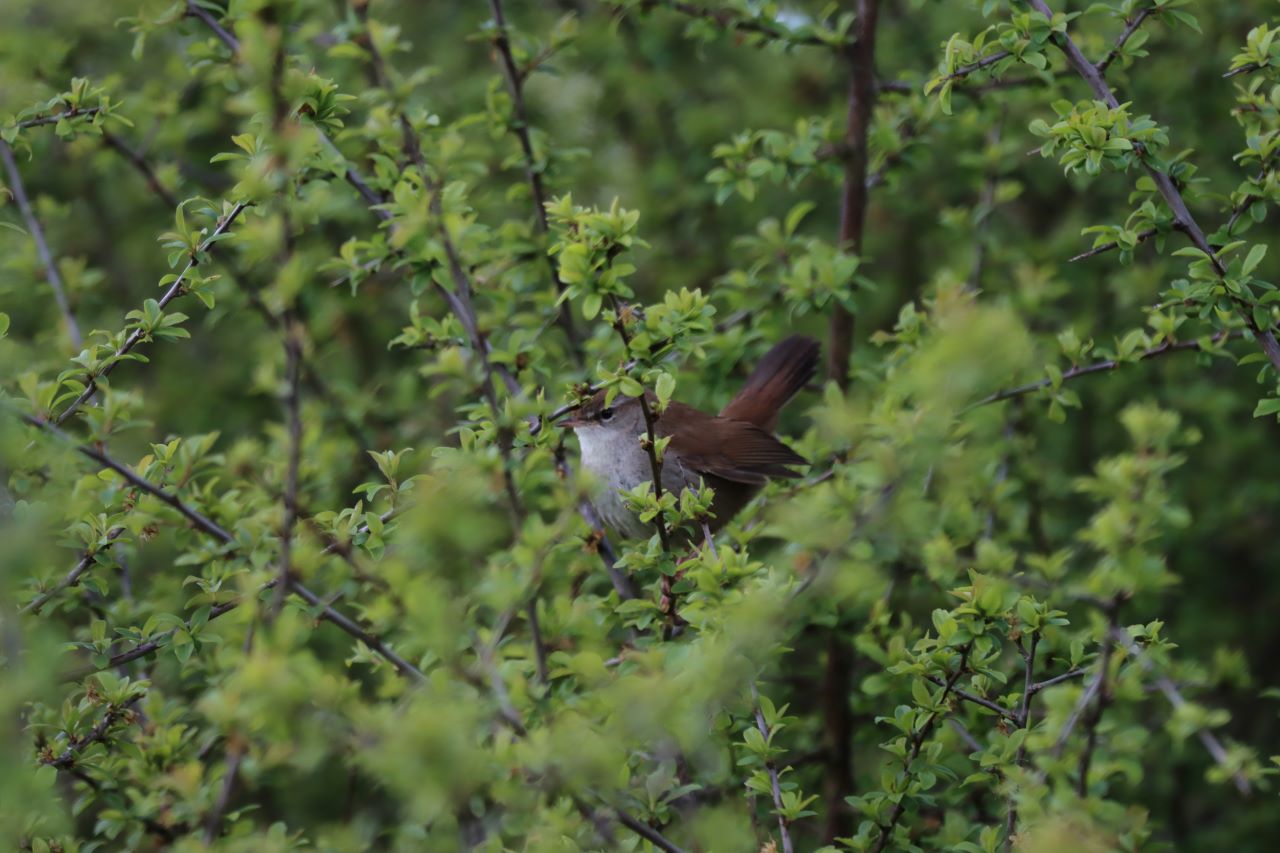
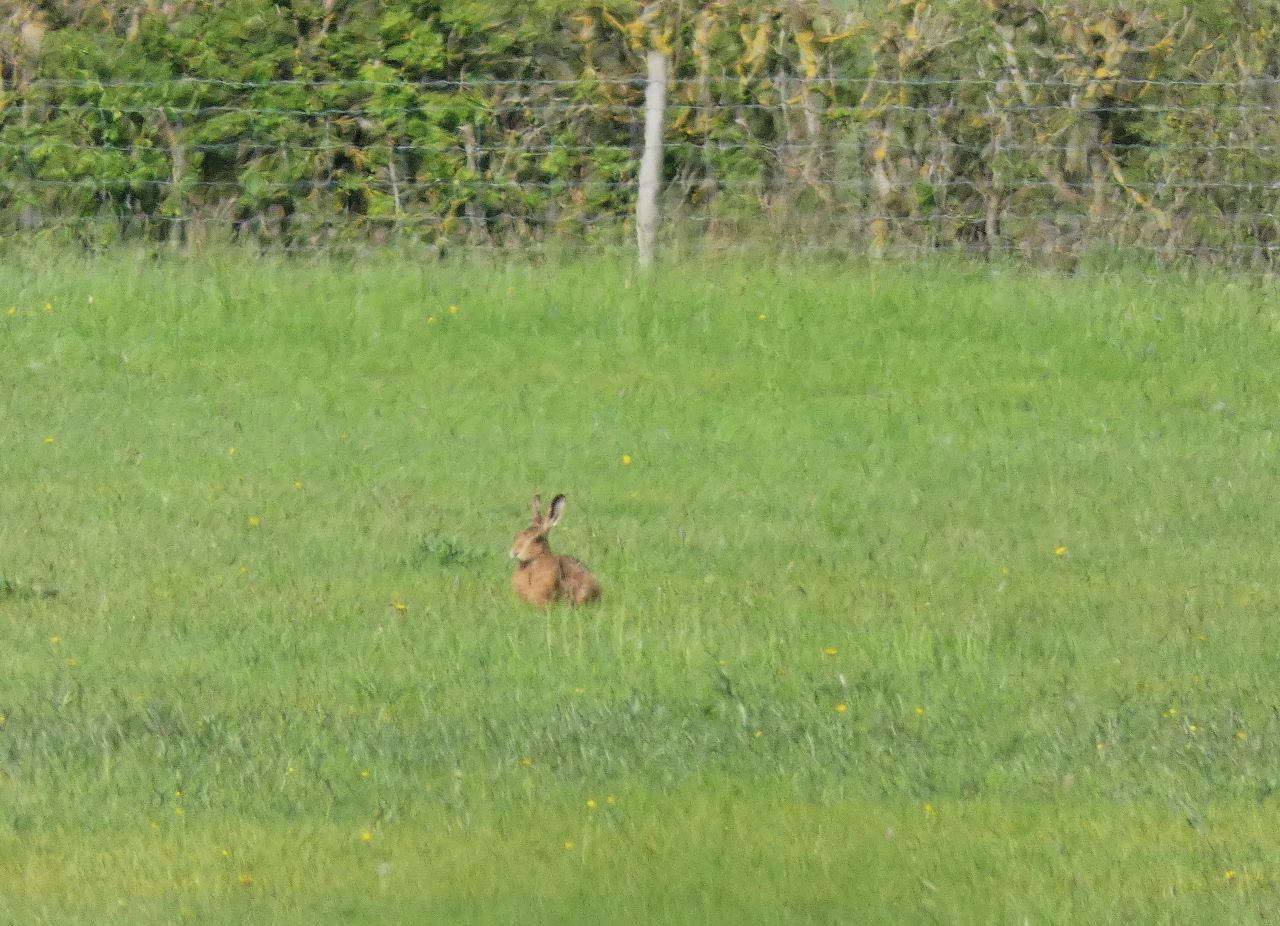





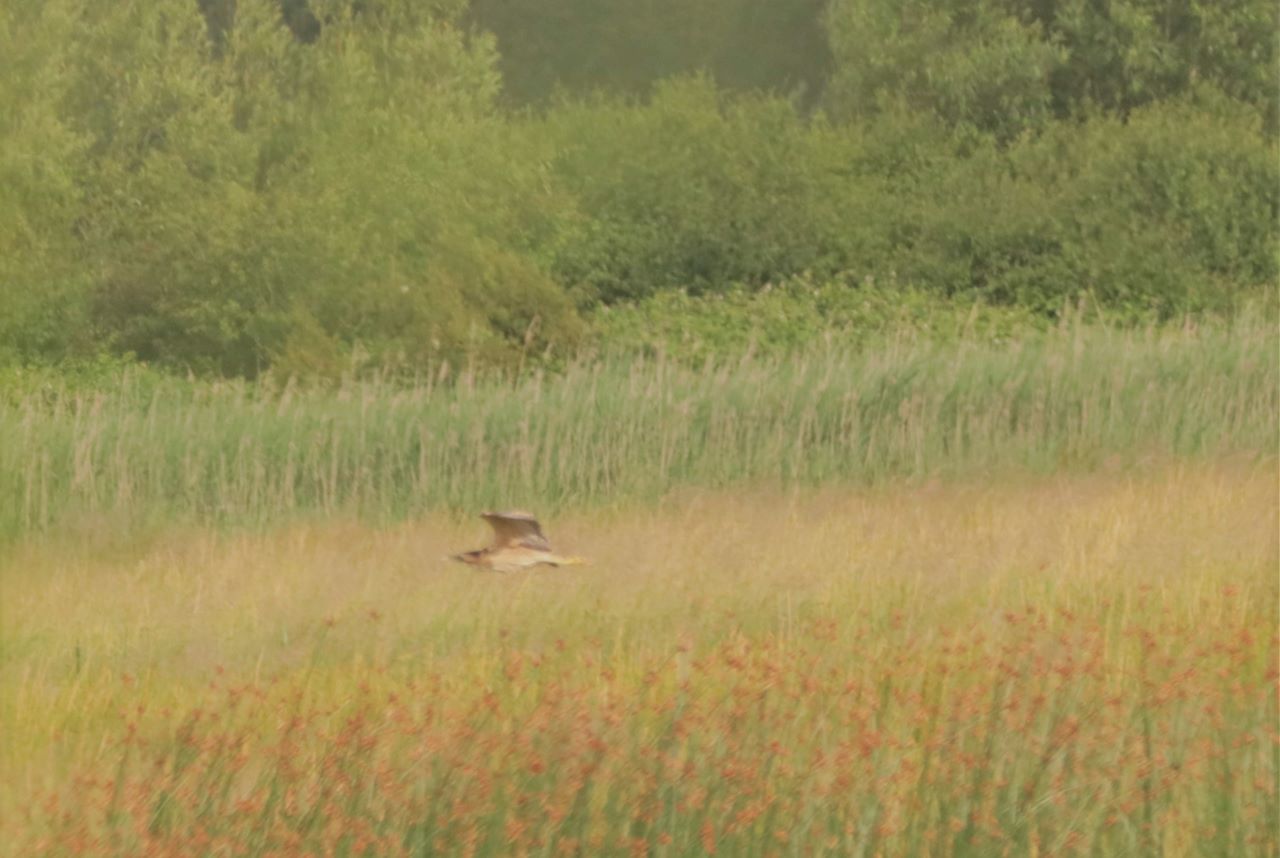

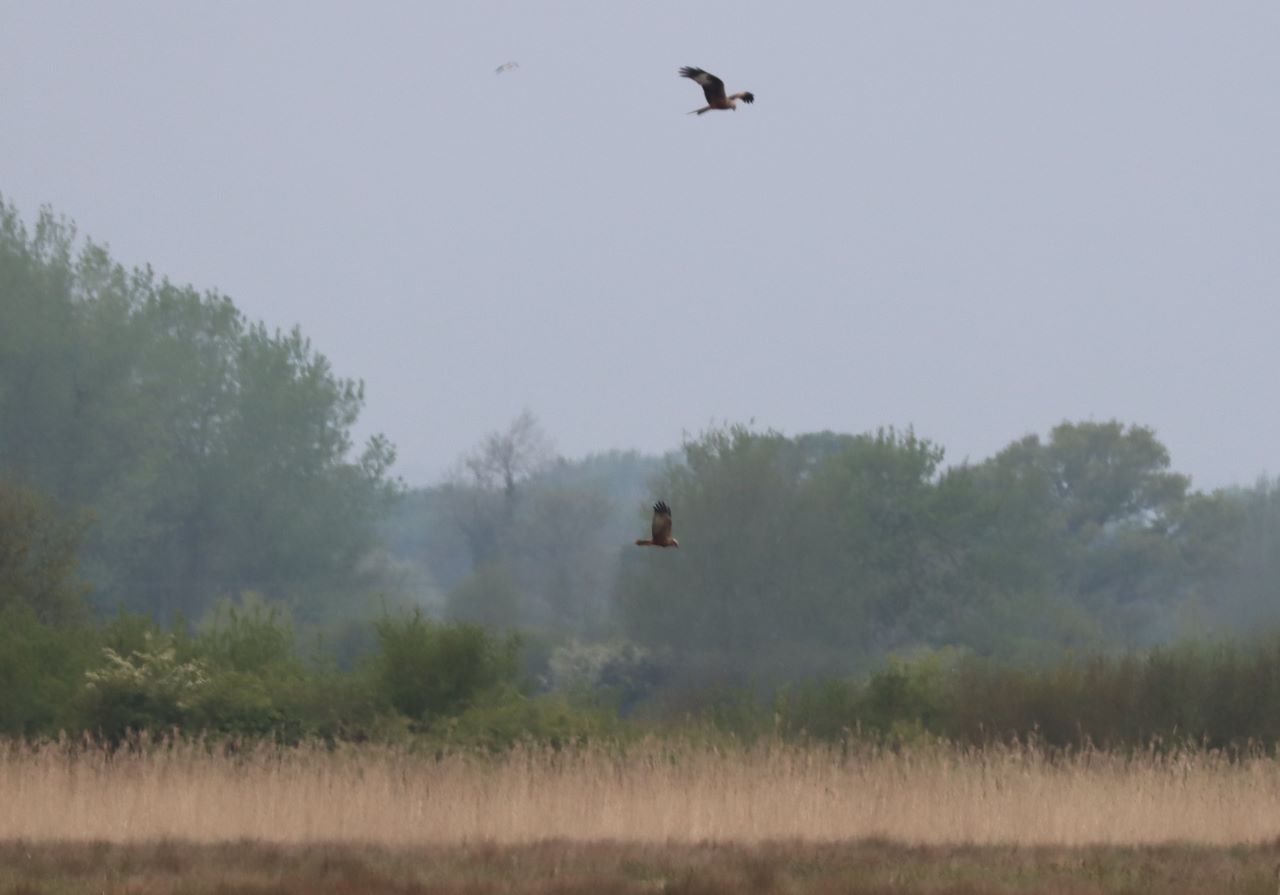
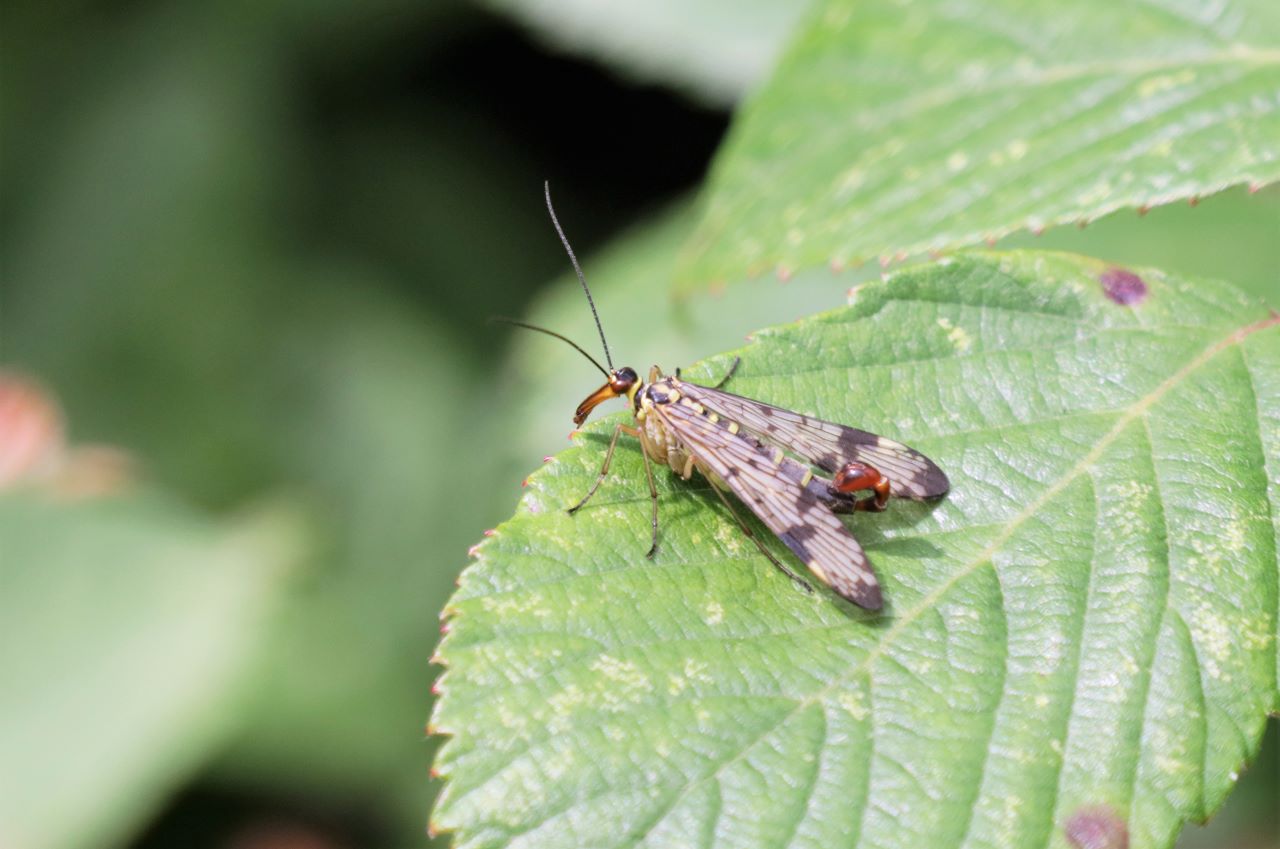


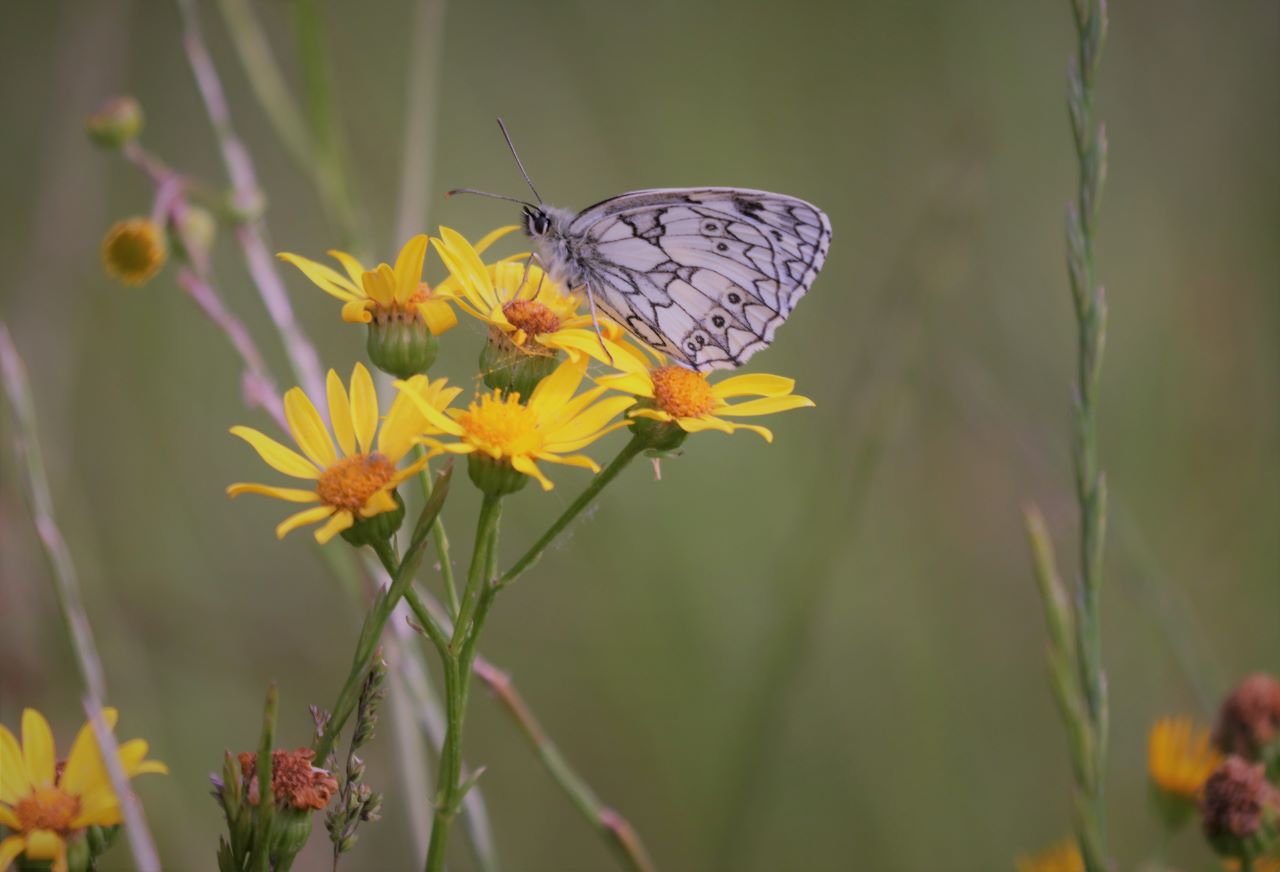

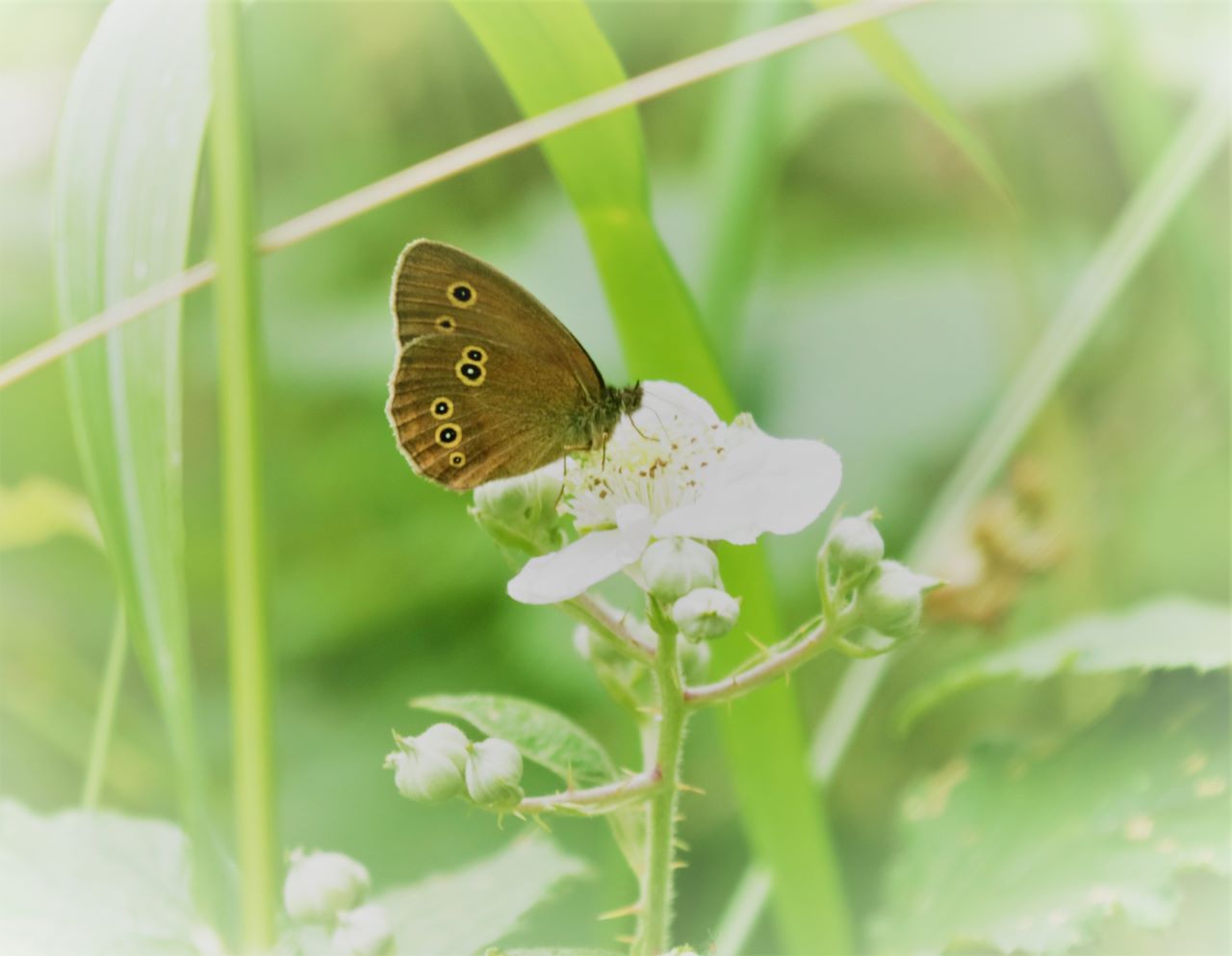


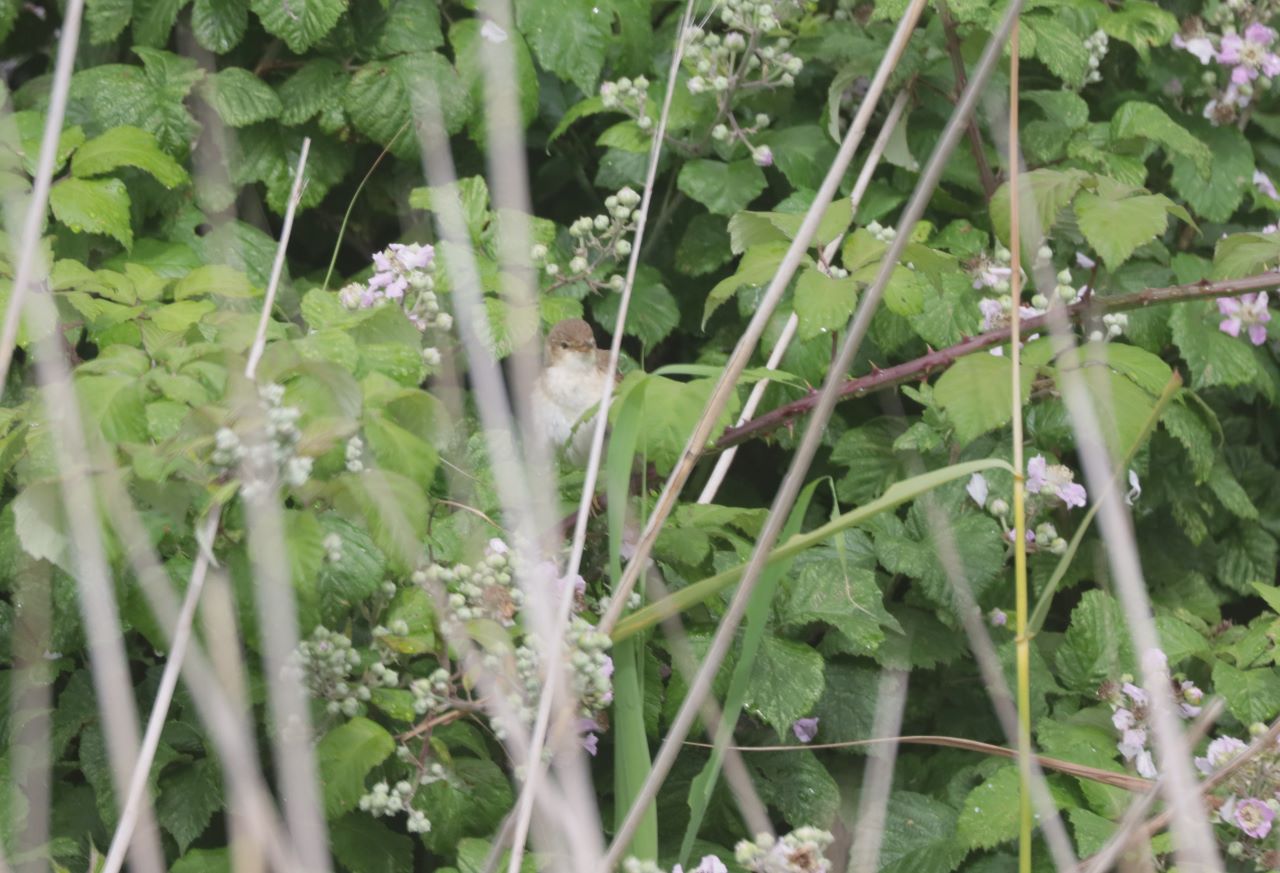



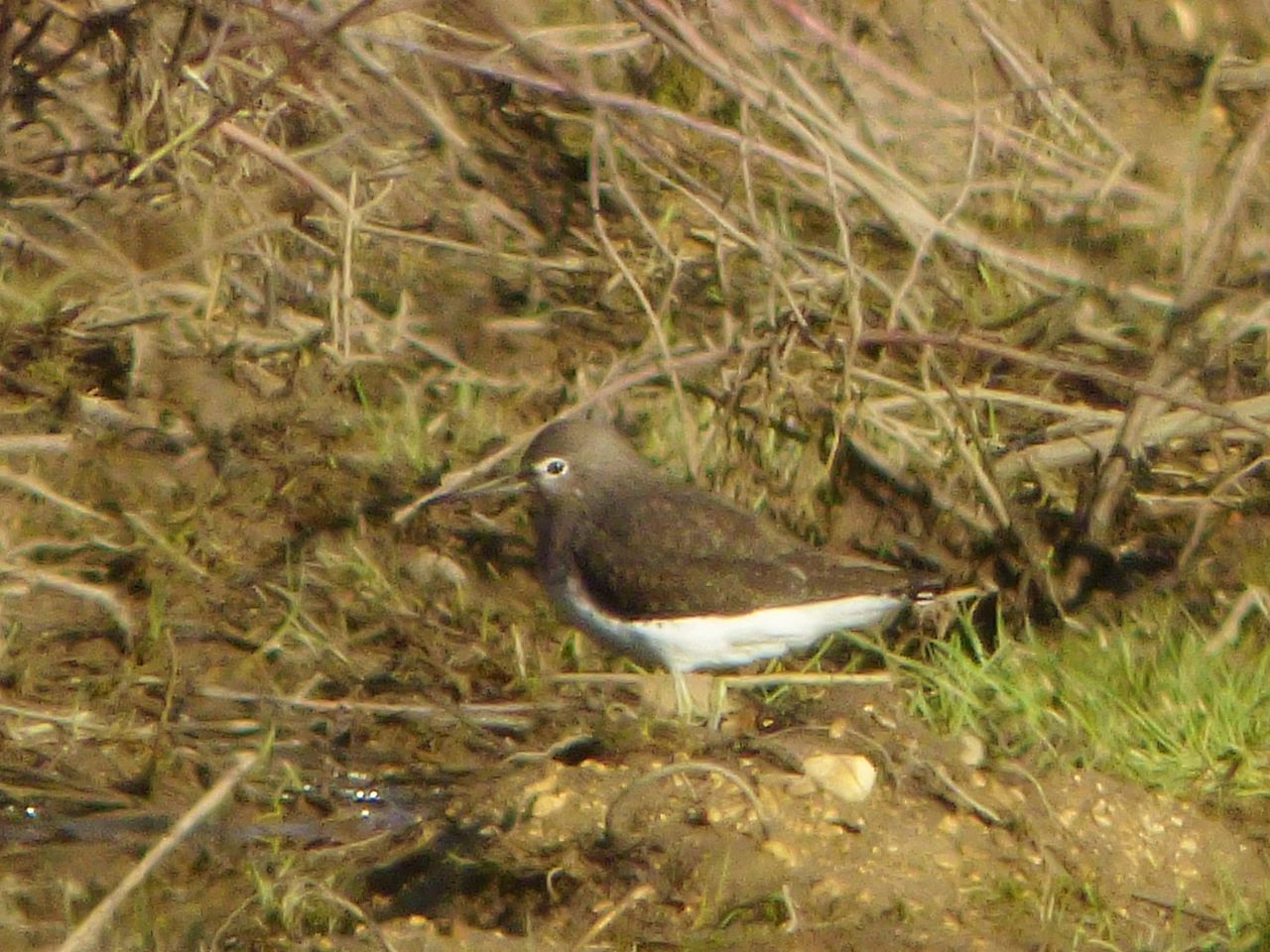
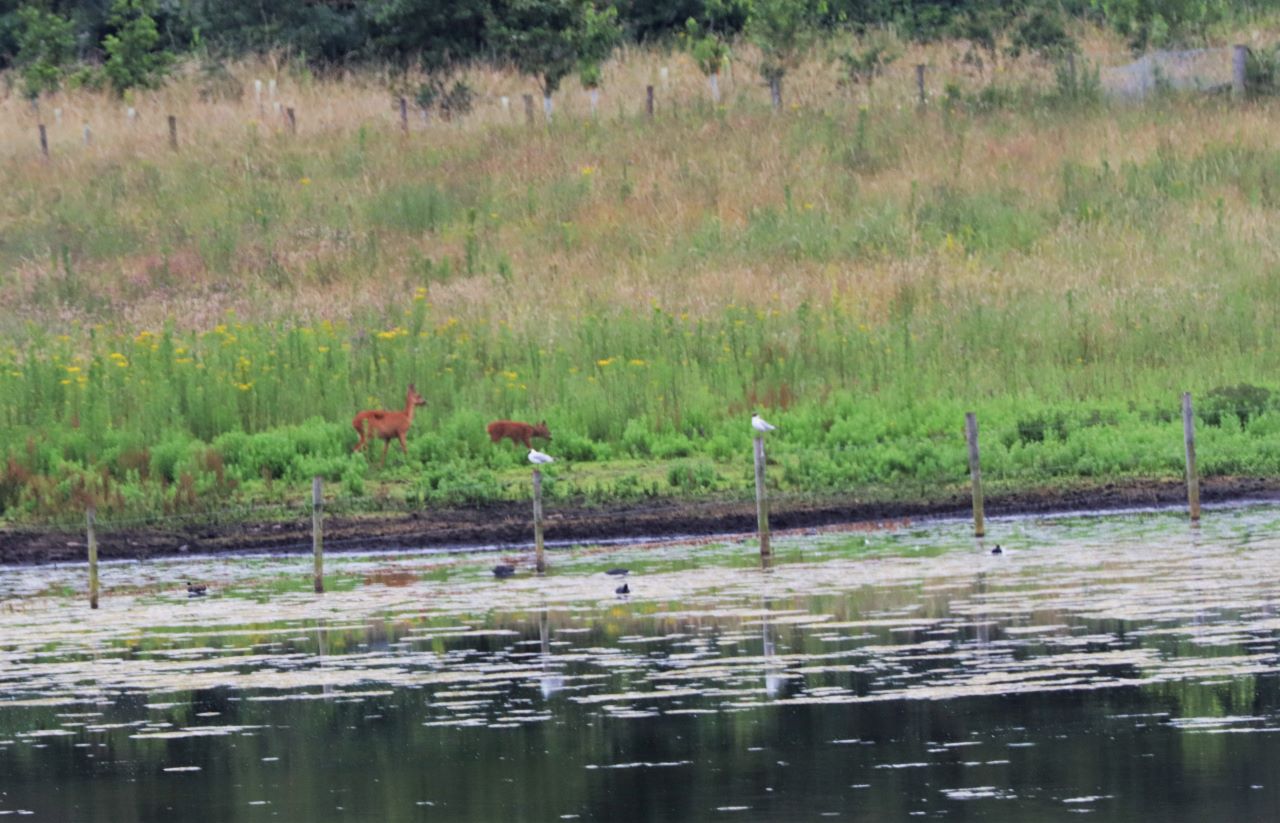

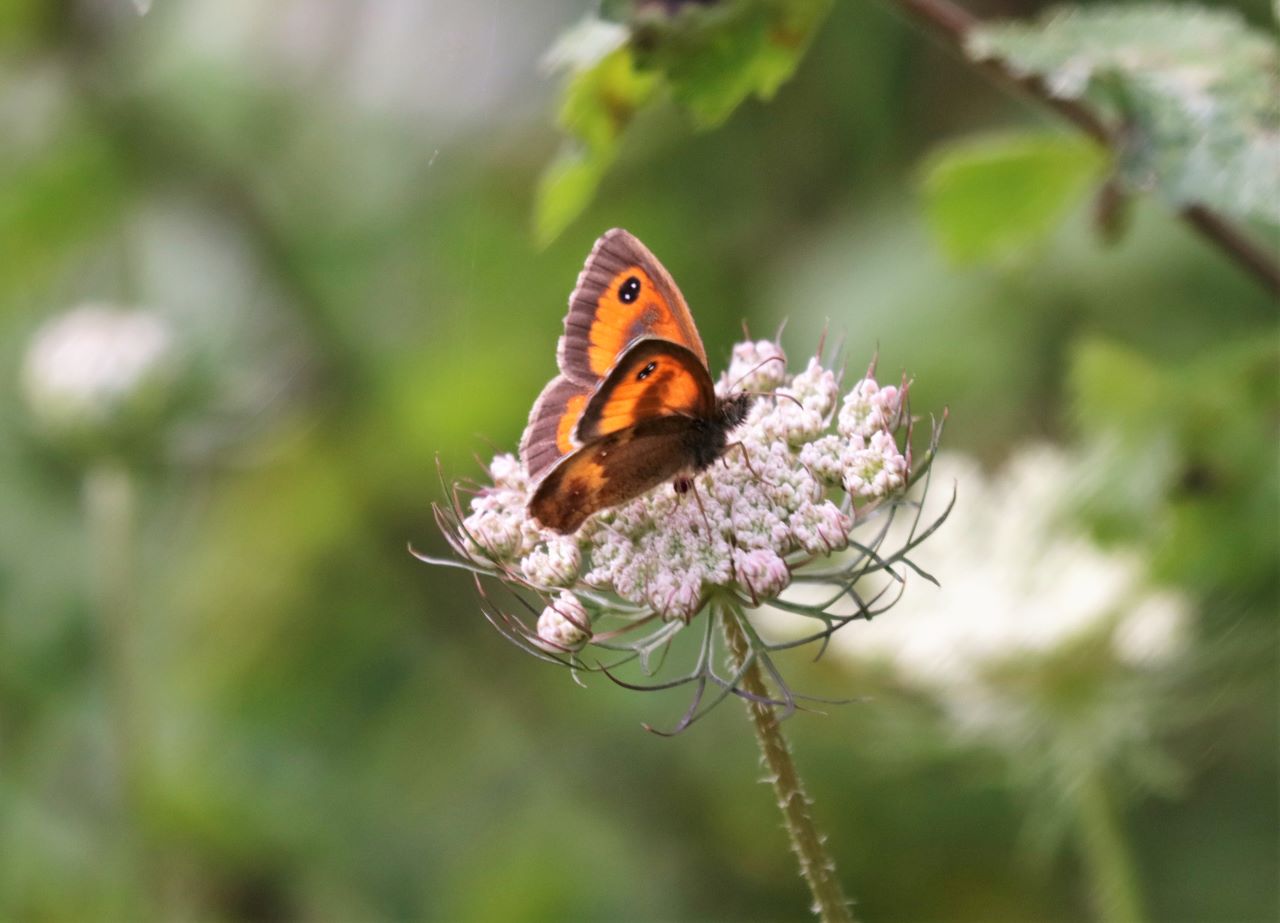

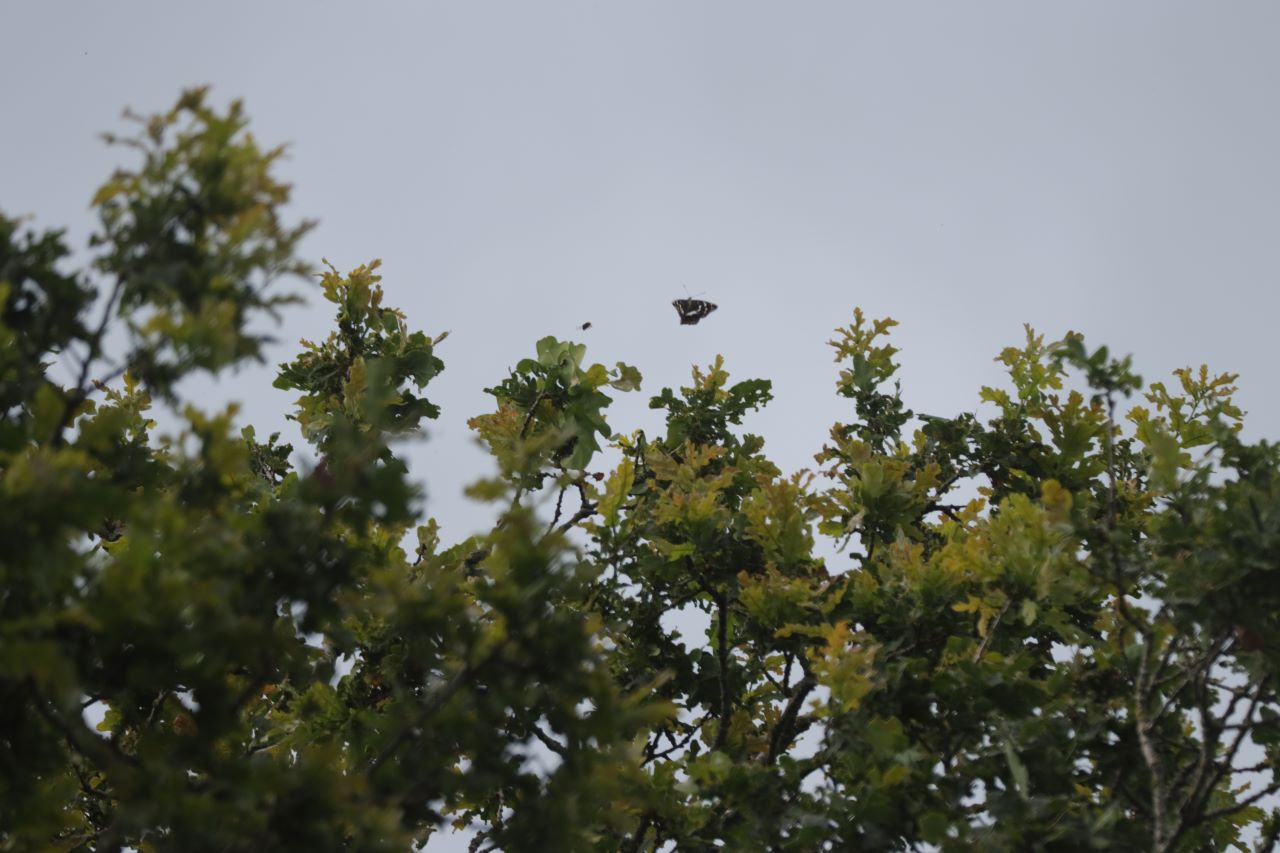



Recent Comments